SrSc0.075Ta0.025Fe0.9O3-δ中低温SOFC阴极材料的合成与性能研究毕业论文
2020-05-18 21:18:49
摘 要
固体氧化物燃料电池(Solid oxide fuel cell, SOFC)是继水力、火力和核能后的第四代发电技术,它是一种能够高效转化化学能为电能的全固态能量转换装置,且绿色环保。就传统SOFC来说,它的工作温度一般在800-1000 °C,所以,这种过高的温度也极大的限制了SOFC技术的应用与推广。就目前的研究来说,主要方向在于将SOFC的工作温度降到600 °C以下,然而,在中低温时,阴极材料的极化电阻就会增加,也会出现例如CO2中毒加重、氧离子扩散速度降低和氧化还原催化活性降低等问题,所以现今亟待解决的就是研究出较高性能的中低温SOFC技术,这会极大推动新能源的应用与发展。
本论文采用的是高能球磨辅助固相法来制备合成Sc、Ta共掺杂SrFeO3基钙钛矿材料SrSc0.075Ta0.025Fe0.9O3-δ (SSTF0.025)。本实验通过X射线衍射、直流四探针法、交流阻抗测试系统研究了SrSc0.075Ta0.025Fe0.9O3-δ阴极材料的相结构、电解质相容性、电导率和极化阻抗等性能。试验表明,此材料具备良好的结构稳定性,Sc的掺杂有效的降低了材料的热膨胀系数(TEC),Ta的加入提高了材料的稳定性和抗CO2中毒性能。通过试验发现,掺杂后的SSTF0.025阴极材料在600 °C时的极化阻抗是0.092 Ω cm2,在700 °C时的功率密度能够达到1000 mW cm-2。
关键词:固体氧化燃料电池 钙钛矿 阴极材料
Study on Synthesis and Development of SrSc0.075Ta0.025Fe0.9O3-δ Cathode Materials for Low Temperature SOFC
Abstract
Solid oxide fuel cell is the fourth generation of power generation technology after water, fire and nuclear power. It is a solid state energy conversion device that can convert chemical energy into electrical energy efficiently, It is a solid state energy conversion device which can convert chemical energy into electrical energy efficiently, and it is a green environmental protection. As for the traditional SOFC, its operating temperature is generally at 800-1000 °C, so, this kind of high temperature also greatly limits the application and promotion of SOFC Technology. For the current study, The main direction is to reduce the working temperature of SOFC to 600 °C. However, in the middle and low temperature, the polarization resistance of the cathode material will be increased, such as the increase of CO2 poisoning, the decrease of oxygen ion diffusion rate and the decrease of the catalytic activity. So it is urgent to resolve the high performance of the SOFC technology, which will greatly promote the application and development of new energy.
In this paper, Sc and Ta co-doped SrFeO3-based perovskites SrSc0.075Ta0.025Fe0.9O3-δ (SSTF0.025)were synthesized by conventional solid state reaction method. By means of X ray diffraction and DC four probe method, the phase structure, electrolyte compatibility, electrical conductivity and polarization resistance of SrSc0.075Ta0.025Fe0.9O3-δ cathode materials were studied in this experiment. Experimental results show that this material has good structural stability. Firstly, the Sc doping can effectively reduce the thermal expansion coefficient (TEC) of the material, and the addition of Ta improves the stability of the material and the resistance to CO2 poisoning. Through the test, it is found that the polarization resistance of the doped SSTF0.025 cathode material at 600 °C is 0.092 Ω cm2, and the power density can reach 1000 mW cm-2 at 700 °C.
Keywords: Solid oxide fuel cell; Perovskite; Cathode
目录
摘 要 I
Abstract II
第一章 前言 1
1.1 固体氧化物燃料电池特点 2
1.2 固体氧化物燃料电池的工作原理 2
1.3 固体氧化物燃料电池的材料构成 4
1.3.1 阴极材料 4
1.3.2 阳极材料 6
1.3.3 电解质材料 7
1.4 SOFC阴极反应机理 7
1.5 本课题的研究目的以及意义 8
第二章 实验部分 10
2.1 实验药品与仪器 10
2.2 粉体合成 12
2.2.1 电解质粉体制备 12
2.2.2 阴极粉体制备 12
2.3 电池制备 13
2.3.1 制备阴极浆料 13
2.3.2 制备阴极对称电池 13
2.3.3 制备阳极支撑单电池 13
2.4 研究和表征方法 13
2.4.1 X射线衍射(XRD) 13
2.4.2 扫描电子显微镜(SEM) 14
2.4.3 热膨胀系数(TEC)的测定 14
2.4.4 电导率测定 14
2.5 阴极性能测试 15
2.5.1 阻抗测试 15
2.5.2 单电池性能测试装置与测定方法 15
第三章 分析与讨论 17
3.1 XRD相结构分析 17
3.2 形貌表征 17
3.3 阴极粉体与电解质的相反应分析 18
3.4 阴极的热膨胀分析 18
3.5 电导率分析 19
3.6 阴极阻抗性能分析 20
3.7单电池性能测试 22
第四章 结论与展望 23
4.1 结论 23
4.2 展望 23
参考文献 24
致谢 27
第一章 前言
能源是国民经济发展的驱动力和国家可持续发展的基础。然而,过度开发和使用化石能源造成了能源枯竭和严重的环境污染。除了更加高效地使用现有能源之外,开发新能源体系也迫在眉睫。燃料电池(Fuel Cell, FC)技术作为一种高效洁净的能源利用方式,在全世界引起关注,并且成为了研究重点[1]。
燃料电池作为继水力、火力和核能后的第四代发电技术,燃料电池通过电化学反应方式,将燃料中的化学能直接转化为电能,这便与传统的发电技术大相径庭[2]。它是在实现能量转化的过程中无需传动设备以及热机的燃烧过程,效率没有卡诺循环的限制,其能量转化效率最高可达85%,同时对环境几乎是零排放,因此燃料电池被认为是唯一一种同时兼备无污染、高效率、适用广、无噪声且能够连续工作的动力装置。它集合能源、化工、自动化控制等高新技术于一体,因而被称为二十一世纪的新能源[3]。
相关图片展示:
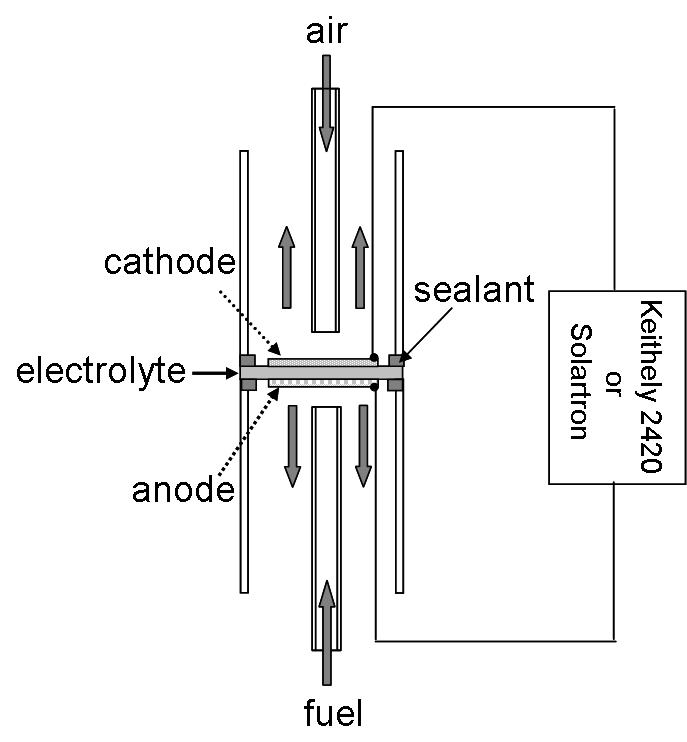

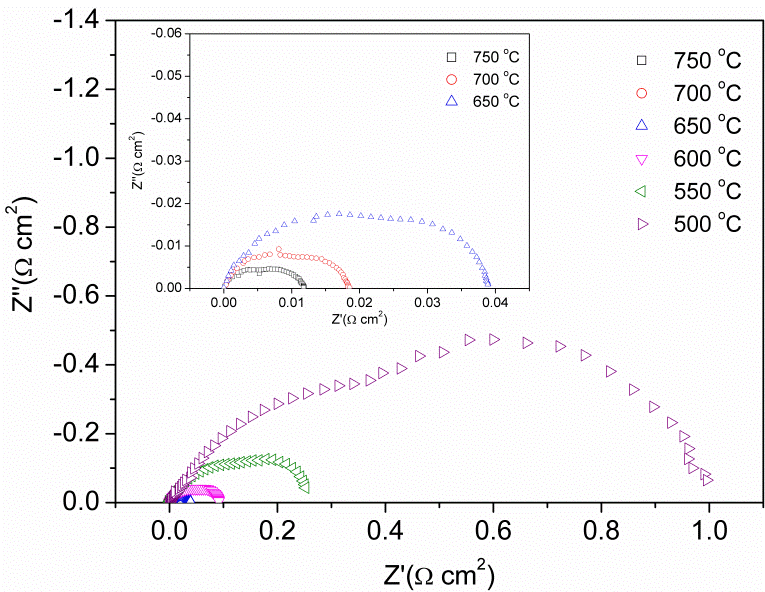
课题毕业论文、开题报告、任务书、外文翻译、程序设计、图纸设计等资料可联系客服协助查找。



